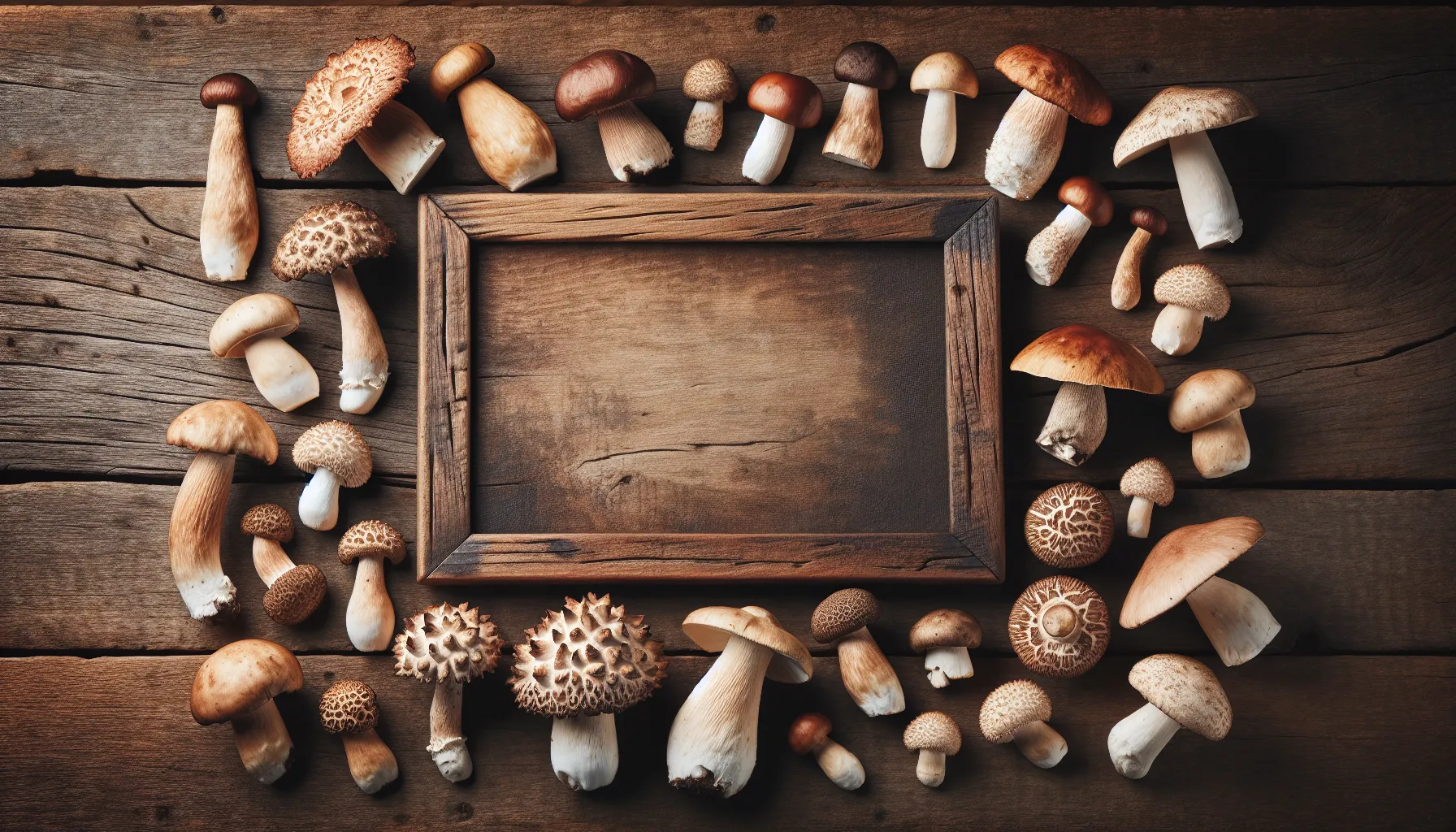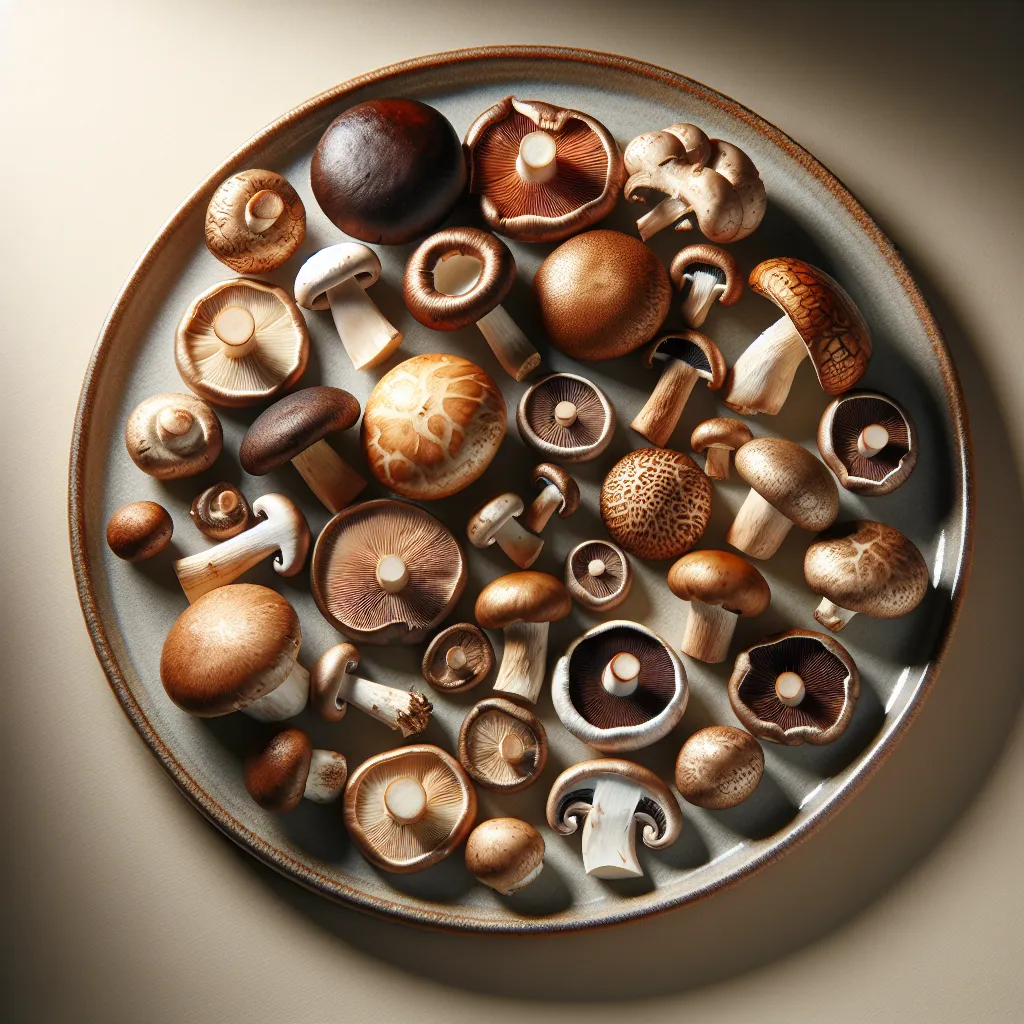Mushrooms have been a culinary delight across various cultures for centuries. From the common button mushroom to the exotic shiitake, they are celebrated for their unique flavors, textures, and health benefits. A frequent query that arises among mushroom enthusiasts and health-conscious individuals alike is whether mushrooms can be consumed raw. The answer isn’t as straightforward as one might think, and it’s worth exploring in detail.
The Raw Food Diet and Mushrooms
Advocates for raw food diets often extol the virtues of consuming vegetables and fruits in their uncooked state, claiming that cooking diminishes their nutritional value. As The Fully Raw Diet suggests, there are indeed benefits to consuming certain foods raw, such as increased enzyme activity and nutrient preservation. However, not all foods behave the same way under the lens of raw consumption, particularly mushrooms.
Mushrooms are a unique case; they are not plants but fungi, and thus, the general rules of the raw food diet do not apply to them in the same manner. This is where the complexity begins.

Nutritional Composition of Raw vs. Cooked Mushrooms
Protein, Calories, Fiber, Sugar, and Fat Content
When it comes to the nutritional aspects of mushrooms, there are changes when they transition from raw to cooked. For example, a study examining the nutrient content of mushrooms found that while the protein content of raw mushrooms is higher, cooking mushrooms can increase their fiber content. This is a critical point for those considering the ideal way to consume mushrooms to fit their dietary needs.
B-Vitamin Content in Mushrooms
B-vitamins are essential for various bodily functions, including energy production and brain health. Raw mushrooms are rich in B-vitamins, but cooking can lead to a reduction in these nutrients. However, not all B-vitamins are reduced to the same extent upon cooking. For instance, niacin levels are quite stable, while others may decrease significantly.
Vitamins C and D
Interestingly, the Vitamin C content in mushrooms can increase upon cooking, which is contrary to the behavior of this vitamin in most other vegetables. On the other hand, the Vitamin D content, which is already relatively low in mushrooms, decreases even further when cooked. It’s important to note that mushrooms are one of the few non-animal sources of Vitamin D, so the preparation method may be crucial for those relying on them for this nutrient.
Mineral Content
Cooking mushrooms yields mixed results concerning their mineral content. Some minerals, like sodium and potassium, see a slight decrease, while others such as iron and zinc remain relatively unaffected.

Risks Associated with Eating Raw Mushrooms
Beyond nutritional content, the safety of consuming raw mushrooms is a significant consideration. Some edible fungi, including commonly consumed varieties like white button mushrooms, contain traces of carcinogenic compounds in their raw form. Compounds such as agaritine, found in Agaricus mushrooms like Portobello and crimini, are potential carcinogens.
Heat plays a vital role in breaking down these toxins, making cooked mushrooms a safer bet. Moreover, storage methods like drying and refrigeration can also reduce the levels of these compounds, as detailed in studies including those found in the International Journal of Cancer.
Considering Other Mushroom Types
Certain mushrooms, like morels, are not just less nutritious when raw but can also cause adverse effects like an upset stomach. Thus, while a few slices of raw button mushrooms may be fine for some, it’s generally safer and more beneficial to consume mushrooms after they’ve been cooked.
The Bottom Line: To Eat or Not to Eat Raw?
While you can technically eat raw mushrooms, the evidence leans towards cooking them to maximize both nutritional benefits and safety. Cooking not only reduces the risk of consuming carcinogenic compounds but also increases the likelihood of ingesting a higher quantity of mushrooms—and, by extension, their nutrients—due to their reduced volume post-cooking.
For those interested in delving deeper into the nutritional profiles of mushrooms, resources like the Ultimate Mushroom Calories Guide can be incredibly insightful.
In conclusion, while some nutrients may decrease upon cooking, others increase, and the potential risks associated with raw mushrooms make a compelling case for cooking them. Whether you’re a gourmet chef, a raw food enthusiast, or simply a mushroom aficionado, understanding these facts ensures that you can make informed decisions about how to enjoy mushrooms to their fullest—both in flavor and health benefits.
